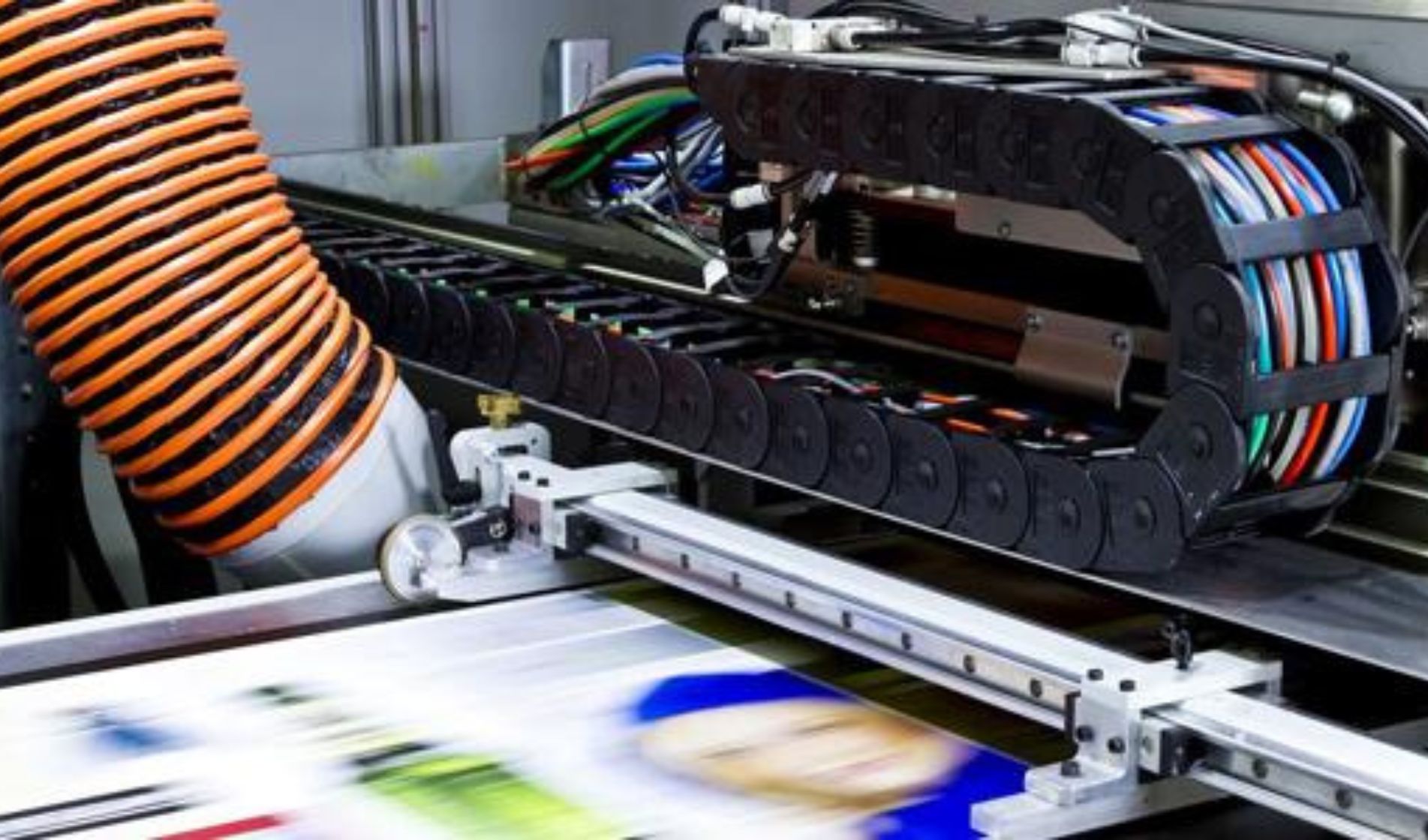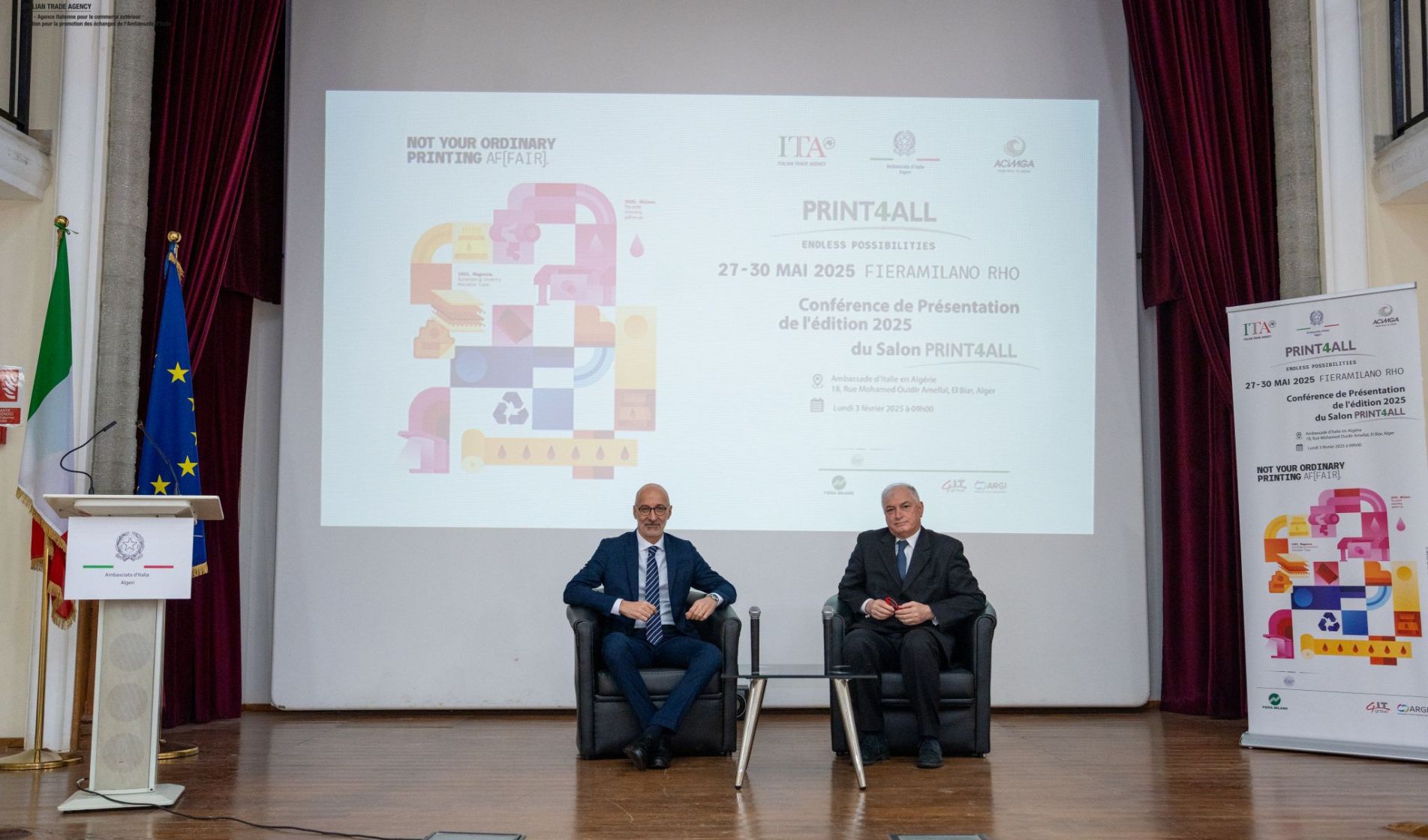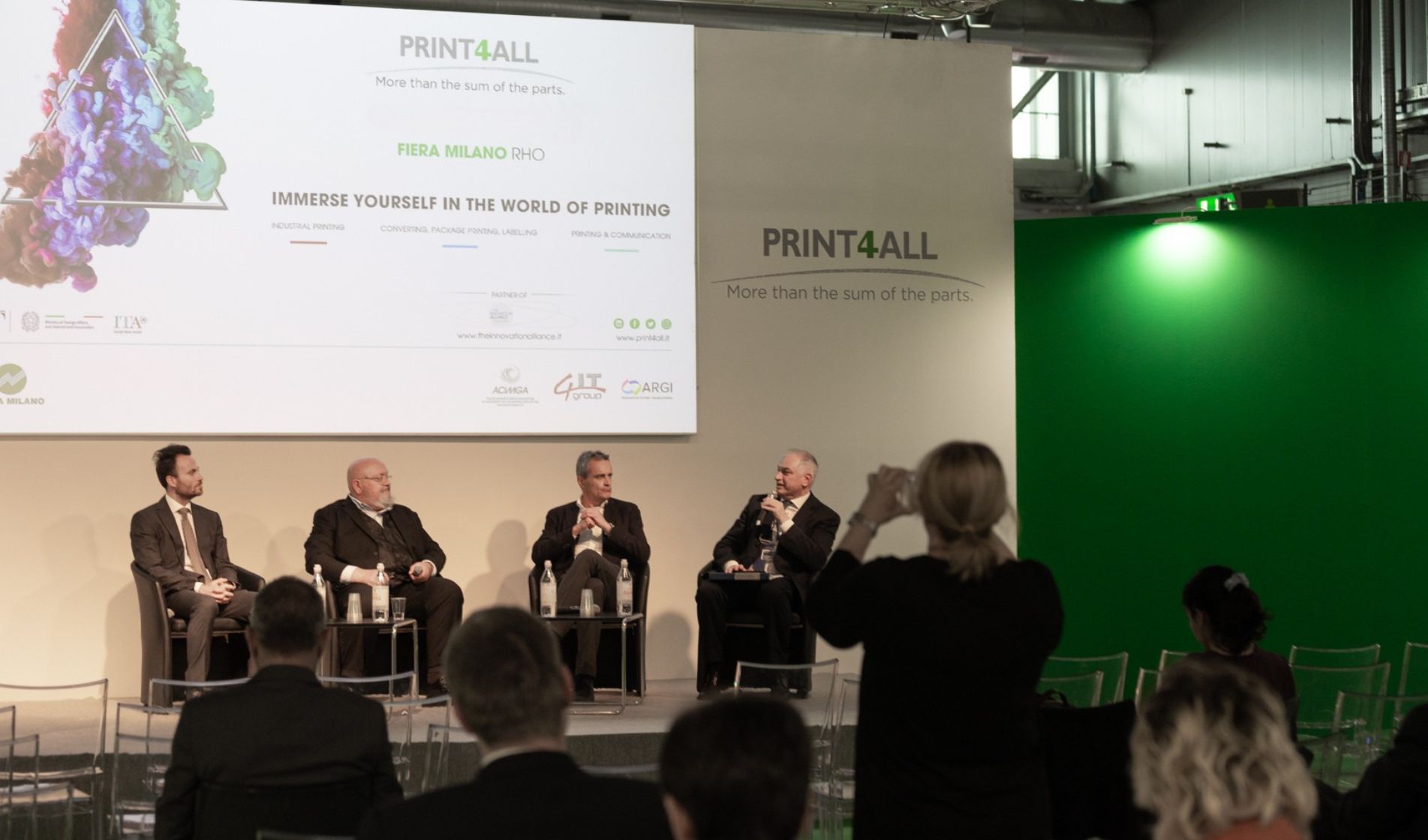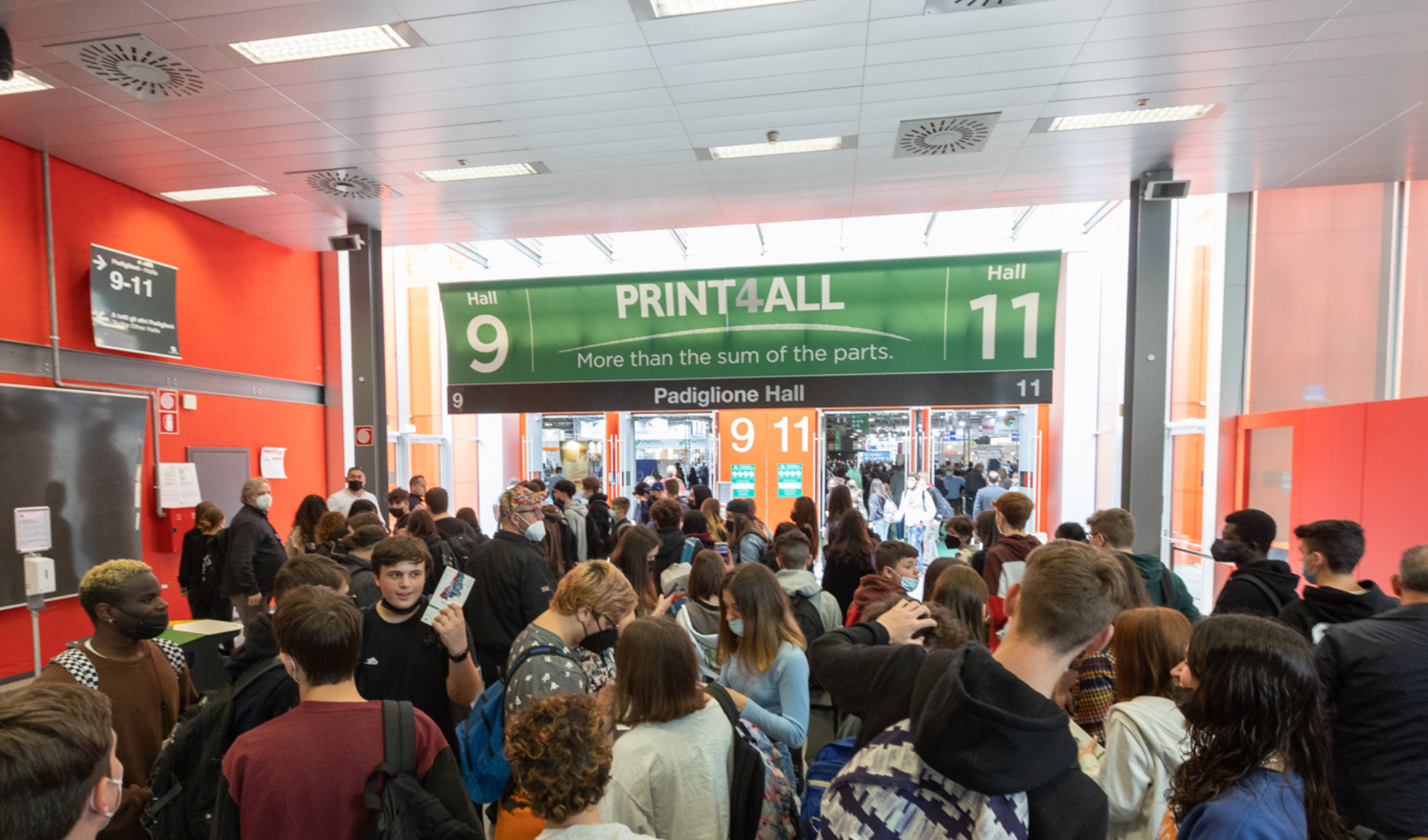In an entertainment world where the most diverse content competes for the time and attention of youngsters, books are still a staple. According to data from the Italian Publishers Association, an astounding 96% of children between the ages of 4 and 14 have read at least one non-school book in the last year. A significant number, especially when compared to 75% in 2018. An increase that concerns reading, but also so-called pre-reading, i.e. the handling of book-objects where the experience is facilitated by the main adults - parents, teachers, animators - and the interaction with the book is a sensory experience where illustrations and visual communication accompany the written word that is not yet independently accessible, made up of textures of different materials, die-cuts, ennobling. But if clever gimmicks in the 0-3 age group serve to familiarise children with books, for the higher age groups the print concepts must spark curiosity for that particular book. In 2022, the publishing market for children and young people in Italy is estimated at 268.4 million euro, 283 million if comics are included: 18% of the amount spent on books in Italy in 2022. More than one book in five. Not only have the number of readers increased, but people are reading more: 58% of readers say they spend between one and three hours a week reading. The physicality of the book plays a key role in this: in fact, only 1% of the sample reads on digital media, while 51% of young readers continue to read exclusively from paper. On the other hand, the characteristics of the illustrated book favour this medium: the experience of the story is mediated by the language of visual communication, through cover design, illustrations, comics and the use of images.
A crowded market where one must stand out
A growing market also means a crowded market, where competition for eyes and attention is high. This is why illustrated book design also turns its attention to other fields, such as packaging design, and combines the power of images with a series of ennobling solutions that help books stand out on bookshop shelves. This battle is played out on colour, with all the instruments available in bookbinding and papermaking, including die-cutting.
Leonardo Aldegheri, CEO of Società Editoriale Grafiche AZ, a company based in San Martino Buon Albergo (Verona) specialising in printing illustrated books explains: “Particular papercraft solutions or combinations with textiles are not strictly new, but at this specific time have become a necessity within a market in which more than 200 titles per day are published in Italy alone. Illustrated books are not just prints like any other, nor are they just books like any other, they are - in addition to being a commercial product - also an artistic object. It is not just a matter of reproducing the illustrations, but of communicating the emotion and intent. This means paying attention to the calibration of the files and colour curves, colour proofing, ‘chiselling’ the file before reaching the cyan also depending on the customer's choice of paper”.
Research and development
Aldegheri continued by saying that “another aspect of uniqueness of illustrated books is the packaging and binding stage: a 32-page thin book has very different specificities to a paperback, and our machines are specially modified for book formats and paging. We also focus a lot on research and development, such as the AZ Neon and Ghost technologies that we have presented in recent years. Both work on the impression of surprise and wonder of a page that hides something more beneath its surface. Both printing techniques are compatible with a wide variety of papers, from classic handmade to paper made from by-products of agro-industrial processing or even Petra with 80% calcium carbonate. AZ Neon is not only a fluorescent ink, but has distinctive refractive characteristics that become particularly striking under UV light. Likewise for Ghost printing, a printing technology that ‘hides’ images visible with a light source, such as a mobile phone light, within the grain of the paper. ‘Hiding’ a further layer of reading in the pages of a story used to require special accessories such as red filter lenses, but with Ghost printing it can be done very easily. In the hands of authors, they are vehicles for endless stories, and a tool of great fascination and magic for the child reader”.






.jpg)
